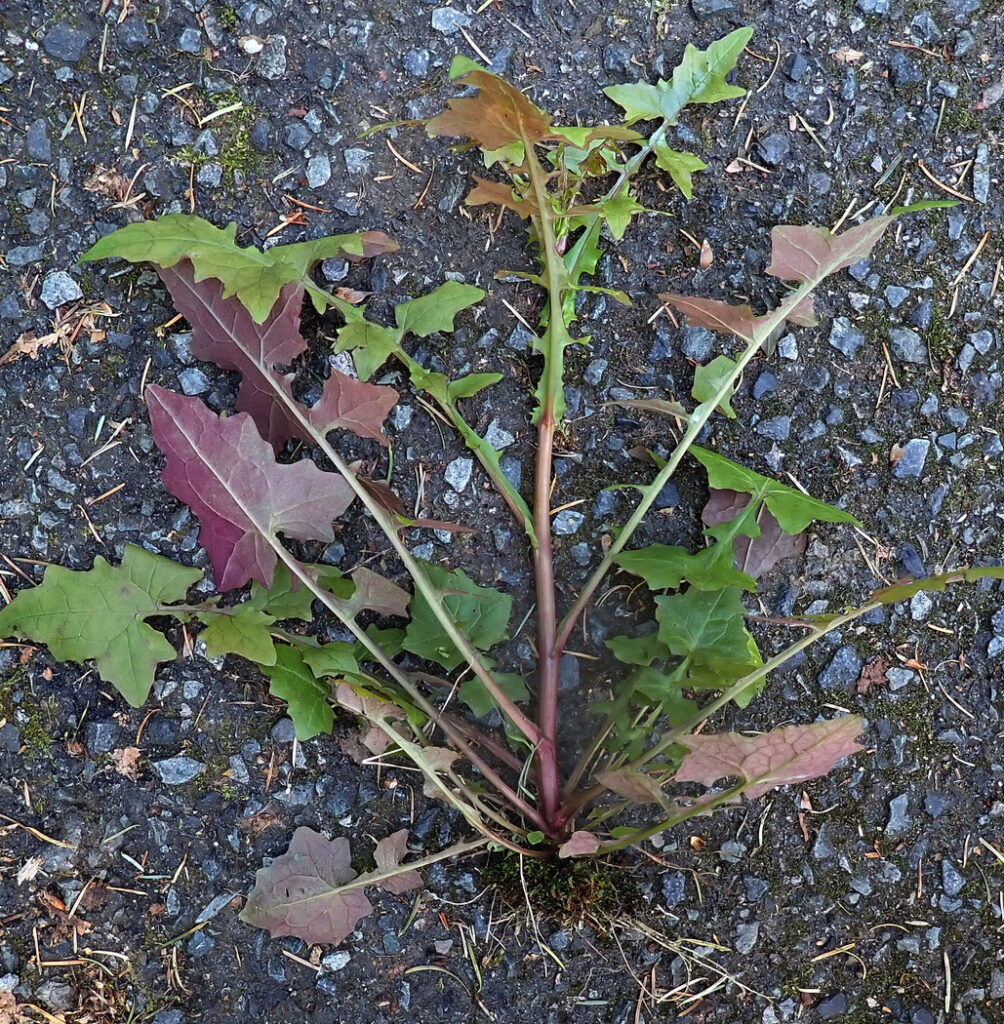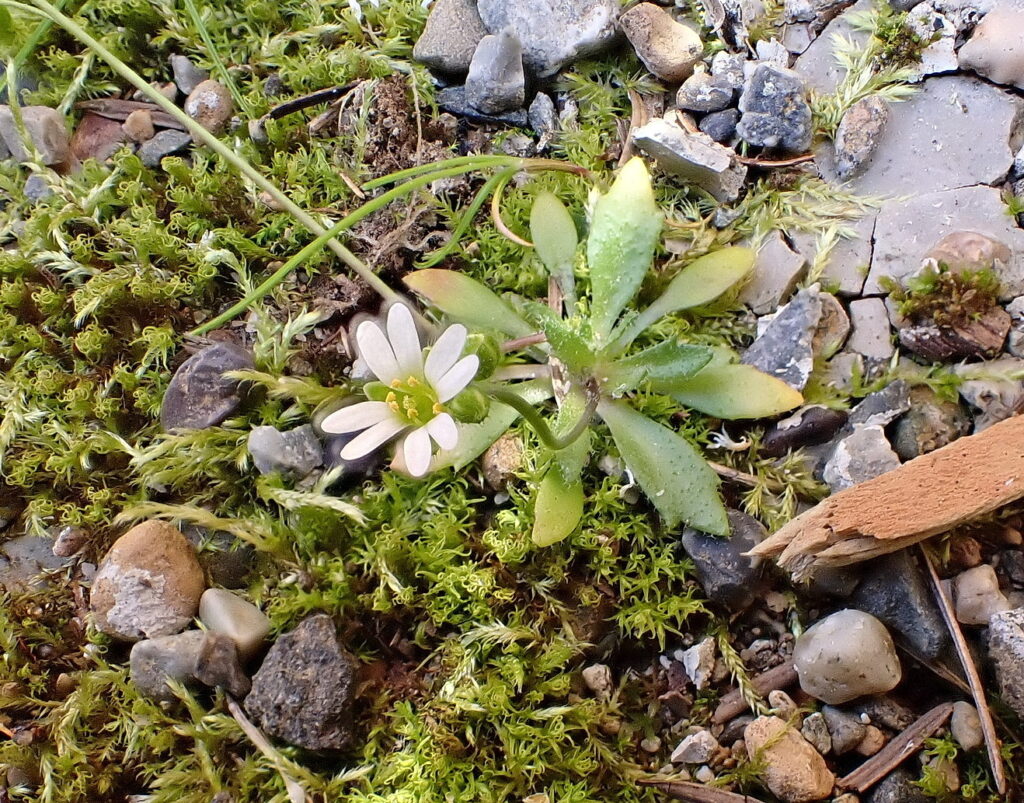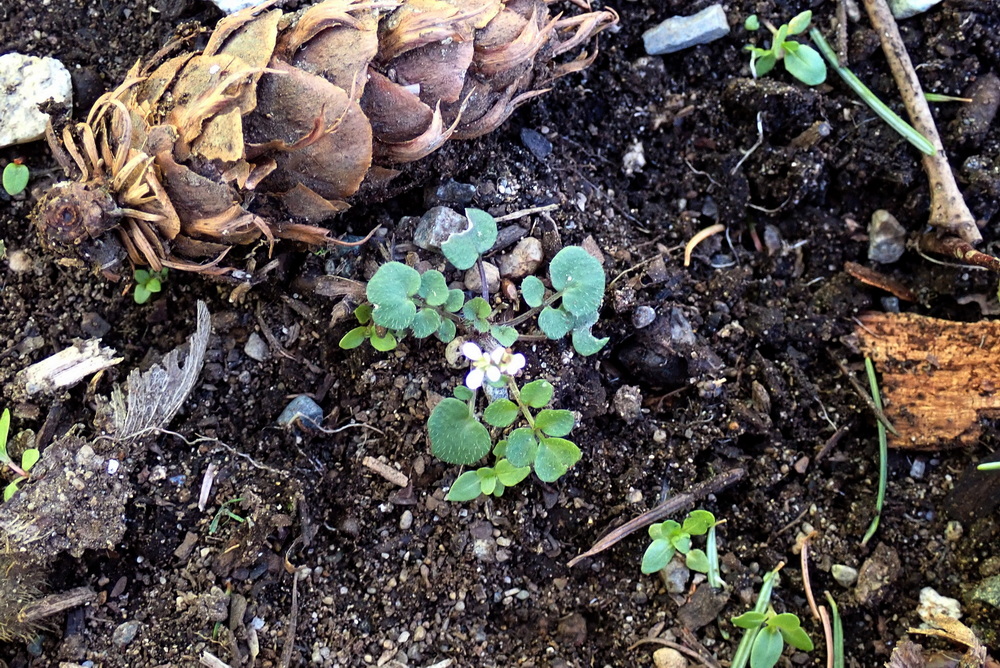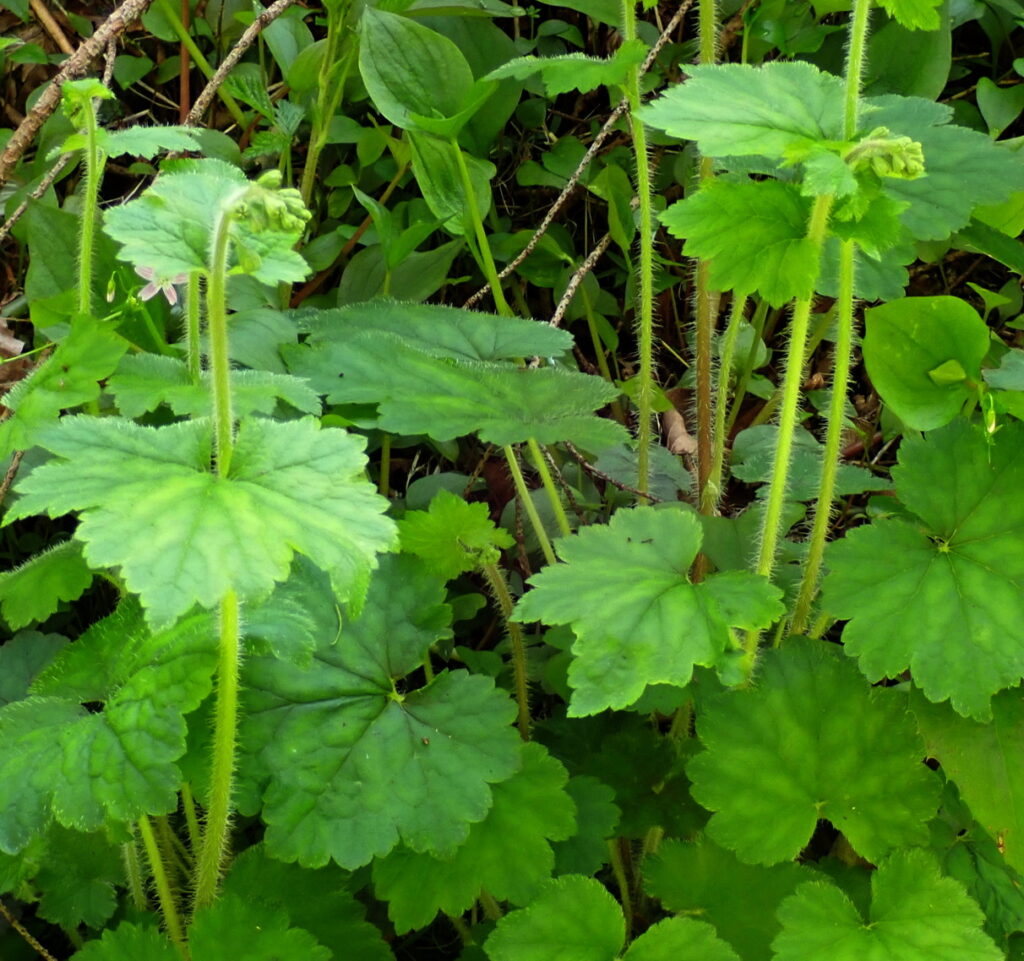Bolting marks a distinct transition in the life cycle of many forbs in which survival of the individual, as expressed in the growth of leaves and roots, shifts to survival of the species, as expressed in the growth of stems for flowering.

The Advantage of Pulling Weedy Forbs When They First Bolt
Trying to pull weedy forbs before they bolt often yields nothing but green leaves with no roots attached. But as soon as they’ve started to bolt, the roots are much more likely to come out of the ground with a simple wiggle and pull. I don’t know if this is because once the plants bolt, their stems become stronger or the roots become weaker or both.


Another good thing about pulling weeds at the onset of the bolting stage is that they can be composted on site. After they start to flower, they are best put into a municipal yard-waste bin or trashed.
What Triggers Bolting?
Apparently, the triggers differ in different species and under different conditions and can include one or more factors or combinations of factors — increased daylight hours, lack of moisture, hot weather, crowding, etc. Size does not seem to be a factor. Below are photos of two weeds that were still very small or stunted when they flowered.


Giberellins
The specific plant hormones that cause forbs to bolt are called gibberellins. The chemical processes involved are gibberish to me (here).
Bolting Natives
On the bright side, some of the native forbs have also begun to bolt.


